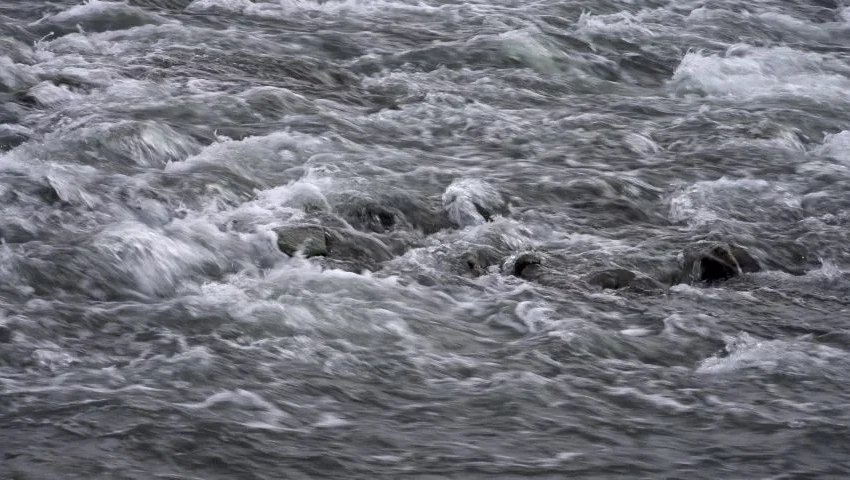
System Four—Chaotic Movement: Finally, we must prepare for navigation on that part of the river that “makes no sense.” This is where things are swirling around in unpredictable manner. It is at the edge between the other three subsystems that movement becomes chaotic. Furthermore, the faster subsystem one is moving the greater is the likelihood that it will break into chaotic movement. A small tree branch falls into the river and the chaotic turbulence increases. A “rogue” event occurs and “all hell breaks out” in an organization.
The temptation when facing with the chaos is to take actions that parallel this chaos. We flail around, striking out in all directs. Moving from one habitual reaction (Kahneman’s fast thinking) to another one in our arsenal. Quite the opposite, this is a moment to engage in what Vaill (1996, p. 62) identifies as “creative learning”:
“Permanent whitewater . .. presents problems that often require us to explore new areas of knowledge and skill that no one else has every synthesized in quite this way before. . . . In permanent whitewater we frequently feel we are “playing a whole new ball game,” “writing the book as we go,” “learning as we go.””
While Vaill assigns this type of learning more generally to the conditions of whitewater, I would suggest that creative learning is particularly aligned with the chaotic subsystem, for we are more likely to engage strategies we have often used in the other three subsystems. I would also append Vaill’s statement by noting that creative learning and successful engagement with chaos requires what Argyris and Schön identify as “second order learning.” (Argyris and Schön, 1978) We pause, test out our assumptions (which tend to be quite primitive when confronting chaos), and reflect on what we have done in the past that might make sense now and on what alternative actions might make sense. This is a time for Polystasis. We alter the baseline (our goals, purposes, desired outcomes) based on the emerging predictions regarding what is about to occur in the midst of the chaos. This prediction might initially be flawed. However, with further refinement the predictions can become better, the baseline more realistic and appropriate, and the resulting actions more effective.
Peter Vaill identifies this dynamic process as a form of “expressive learning.” This form of learning is about doing things and learning from what we are doing. As Vaill (1996, p. 66) notes:
“The only way to get a sense of the activity itself is to do it, however clumsily and haltingly. If we think about anything we personally are quite good at, we will probably discover that we engaged in this expressive, or “performing,” quality of learning from very early in our involvement. It was not the elements that grabbed us; it was the whole activity.”
Once again, I would suggest that expressive learning often occurs in the more chaotic domains of our life. The chaos resides not only in our sense of awe regarding the actions in which we are about to engage for the first time, but also in the performance of these actions in the real, “messy” world rather than in the tidy world of instructional manuals or theoretical books about management, conflict management, problem-solving and decision-making.
Download Article














